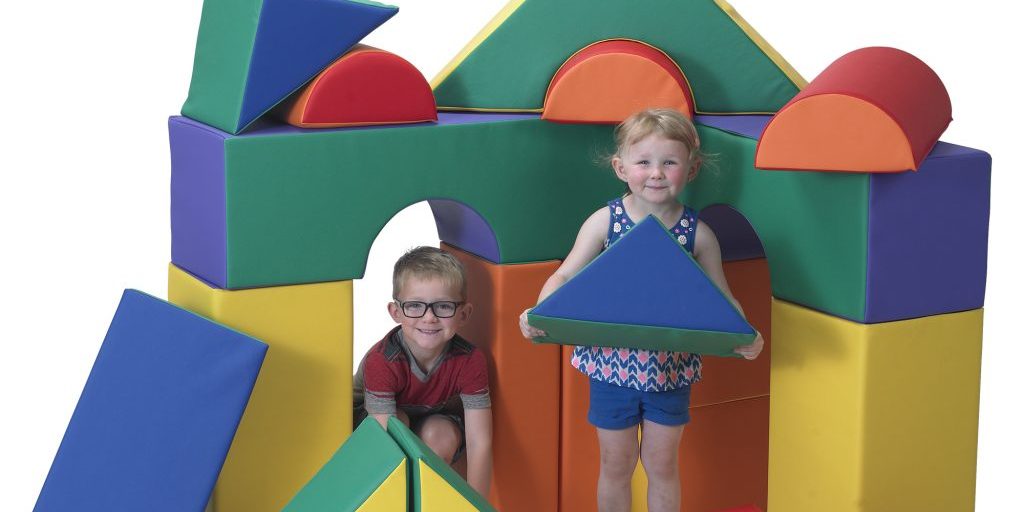
5 Ways to Use Movement to Develop Spatial Awareness
The world places a lot of emphasis on helping our children develop self-confidence. Nothing seems to be as effective as active playtime when it comes to building our sense of self. As youngsters play, they give their growing muscles a workout. They become more coordinated and their balance improves, which in turn gives them a sense of power over their own bodies. Therefore, it’s probably not surprising parents and caregivers encourage kids of all ages to participate in active play sessions on a regular basis.
The Connection Between STEM Learning & Active Play
Developing spatial awareness is another main benefit of physical activity. As a child grows, it’s critical for him/her to understand and interact with their environment. Every human is constantly using visuospatial skills throughout each day. Reaching to grab a glass of milk or avoiding obstacles when walking – these are just a few of the millions of mundane tasks we perform each day using these critical spatial skills.
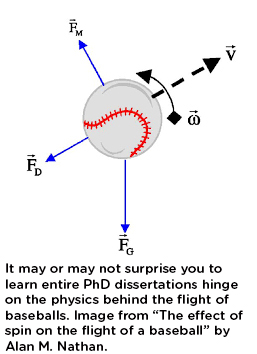 For example, when throwing a baseball to a teammate, one estimates the distance to a target, then we estimate the amount of force it will take to throw the ball far enough to reach that target. Gravity, drag force, and a lot of complicated physics must be factored into getting the results one desires. Your teammate, on the other hand, must use their visuospatial skills to decide if they need to move their feet, run, or even dive to get their glove to connect with the ball for a successful catch. And we won’t even get started on Magnus Force and the physics involved with how spin affects a ball when pitching! Therefore, baseball and other sports can be effective tools we use to help kids learn how their bodies work while simultaneously helping them understand STEM ideas like gravity, force, drag, etc. Obviously, many of these concepts are very technical. While youngsters won’t fully understand initially, you are starting them down a path where it will make it much easier to grasp these concepts later.
For example, when throwing a baseball to a teammate, one estimates the distance to a target, then we estimate the amount of force it will take to throw the ball far enough to reach that target. Gravity, drag force, and a lot of complicated physics must be factored into getting the results one desires. Your teammate, on the other hand, must use their visuospatial skills to decide if they need to move their feet, run, or even dive to get their glove to connect with the ball for a successful catch. And we won’t even get started on Magnus Force and the physics involved with how spin affects a ball when pitching! Therefore, baseball and other sports can be effective tools we use to help kids learn how their bodies work while simultaneously helping them understand STEM ideas like gravity, force, drag, etc. Obviously, many of these concepts are very technical. While youngsters won’t fully understand initially, you are starting them down a path where it will make it much easier to grasp these concepts later.
The Effect of Gravity on Muscles & Bones
It’s interesting to note, gravity is much more complex than the old “an apple hit me on the head” epiphany Sir Isaac Newton experienced. Youngsters might not understand gravity or physics completely, but every child feels the effects of gravity regularly when they take a spill. Thankfully youngsters only fall a short distance! Yet, gravity must be viewed as our friend. Astronauts experience the lack of gravity in a negative way. In space, the result of anti-gravity is muscle atrophy and loss of bone density. Our bodies were designed to live on Earth and function with our gravitational pull exerting force on us. Experts estimate astronauts suffer a 1-2% loss of bone mineral density every month they are in space and up to 20% of muscle mass during missions only 5-11 days long. Imagine the negative effects of traveling 6-8 months to Mars!
5 Ways to Use Movement
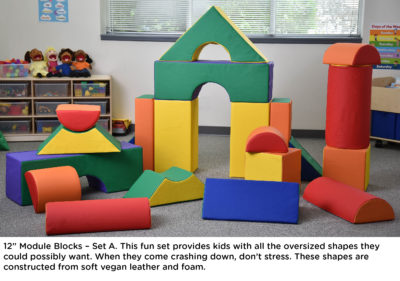 Try building a soft obstacle course for your tots. You can do this either indoors or outdoors. A soft play area utilizes padded activity mats, pillows, and soft play equipment to create an obstacle course where toddlers won’t fall and injure themselves. Some trips and spills are expected as toddlers learn to master control of their bodies. Gravity will have its effect on us! Obstacle courses require a significant amount of spatial awareness as children navigate over, under, and around objects.
Try building a soft obstacle course for your tots. You can do this either indoors or outdoors. A soft play area utilizes padded activity mats, pillows, and soft play equipment to create an obstacle course where toddlers won’t fall and injure themselves. Some trips and spills are expected as toddlers learn to master control of their bodies. Gravity will have its effect on us! Obstacle courses require a significant amount of spatial awareness as children navigate over, under, and around objects.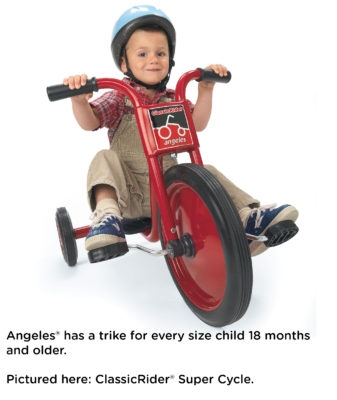 Use descriptive words to help toddlers understand what they are experiencing as they interact with the world around them. Words like balance, pattern, speed, cause, effect, gravity, etc. When riding on a carousel, merry-go-round, or rolling down a gently sloping, grassy hill, youngsters might become dizzy. Riding a tricycle will help them experience the effects of speed, how the wind blows on their face as they ride, how difficult it can be to pedal up a hill, and more. Talk to kids about how the effect of pedaling faster makes them go faster! When balancing on an object, ask kids if they felt like they were tipsy. Helping youngsters verbalize what they experience is beneficial for their vocabulary as well as their understanding of STEM concepts.
Use descriptive words to help toddlers understand what they are experiencing as they interact with the world around them. Words like balance, pattern, speed, cause, effect, gravity, etc. When riding on a carousel, merry-go-round, or rolling down a gently sloping, grassy hill, youngsters might become dizzy. Riding a tricycle will help them experience the effects of speed, how the wind blows on their face as they ride, how difficult it can be to pedal up a hill, and more. Talk to kids about how the effect of pedaling faster makes them go faster! When balancing on an object, ask kids if they felt like they were tipsy. Helping youngsters verbalize what they experience is beneficial for their vocabulary as well as their understanding of STEM concepts.- Playing follow the leader is great for kids to learn to move in different ways. They can skip, crawl, run, climb, hop on 1 or 2 feet, leap, perform a cartwheel, move in a zigzag pattern, etc. As they play with their peers, cooperative skills are built.
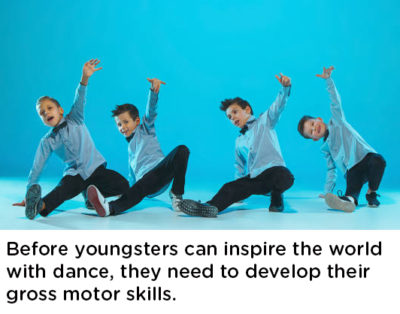 Dance is a fun activity requiring kids to build coordination and balance. It allows them to explore their creative side as they build those visuospatial skills and use their growing muscles. Encourage tots to bounce, clap, march, or tap their foot to the beat of the music. Don’t sit and watch. Get up and dance so they can attempt to model your moves. Remember, toddlers are constantly watching their parents and caregivers so participating with them is pivotal to establishing dance as a positive and fun activity. Use musical instruments, such as a tambourine, maracas, handbells, or a toddler drum to up the ante as they try to keep time with the beat.
Dance is a fun activity requiring kids to build coordination and balance. It allows them to explore their creative side as they build those visuospatial skills and use their growing muscles. Encourage tots to bounce, clap, march, or tap their foot to the beat of the music. Don’t sit and watch. Get up and dance so they can attempt to model your moves. Remember, toddlers are constantly watching their parents and caregivers so participating with them is pivotal to establishing dance as a positive and fun activity. Use musical instruments, such as a tambourine, maracas, handbells, or a toddler drum to up the ante as they try to keep time with the beat.- Pull it all together by asking your toddler to play a game where he/she needs to accomplish a goal. For example, ask your tot to go to his/her closet and retrieve their blue shoes. In a daycare setting, the caregiver might ask the toddler to retrieve the blue ball, the doll with the long brown hair, or any object from a designated area. When building with shapes, ask tots to put two, separate, triangular pieces together to form a square. It’s a way to test and build upon their recognition, vocabulary, and spatial skills at the same time.
Better Late Than Never
Spatial awareness grows as we grow. The process starts when infants are just a few months old. No one ever becomes a New York Yankee, a professional dancer or astronaut without training first. The process of building superior visuospatial skills begins as infants experience their environment and their brains build connections to their bodies through those experiences. By engaging in more activities designed to build these skills, youngsters are inclined to understand and excel in STEM subjects as they progress through their school-age years. If you haven’t been as intentional as you could have been, let’s go with the old saying, “It’s better late than never.”